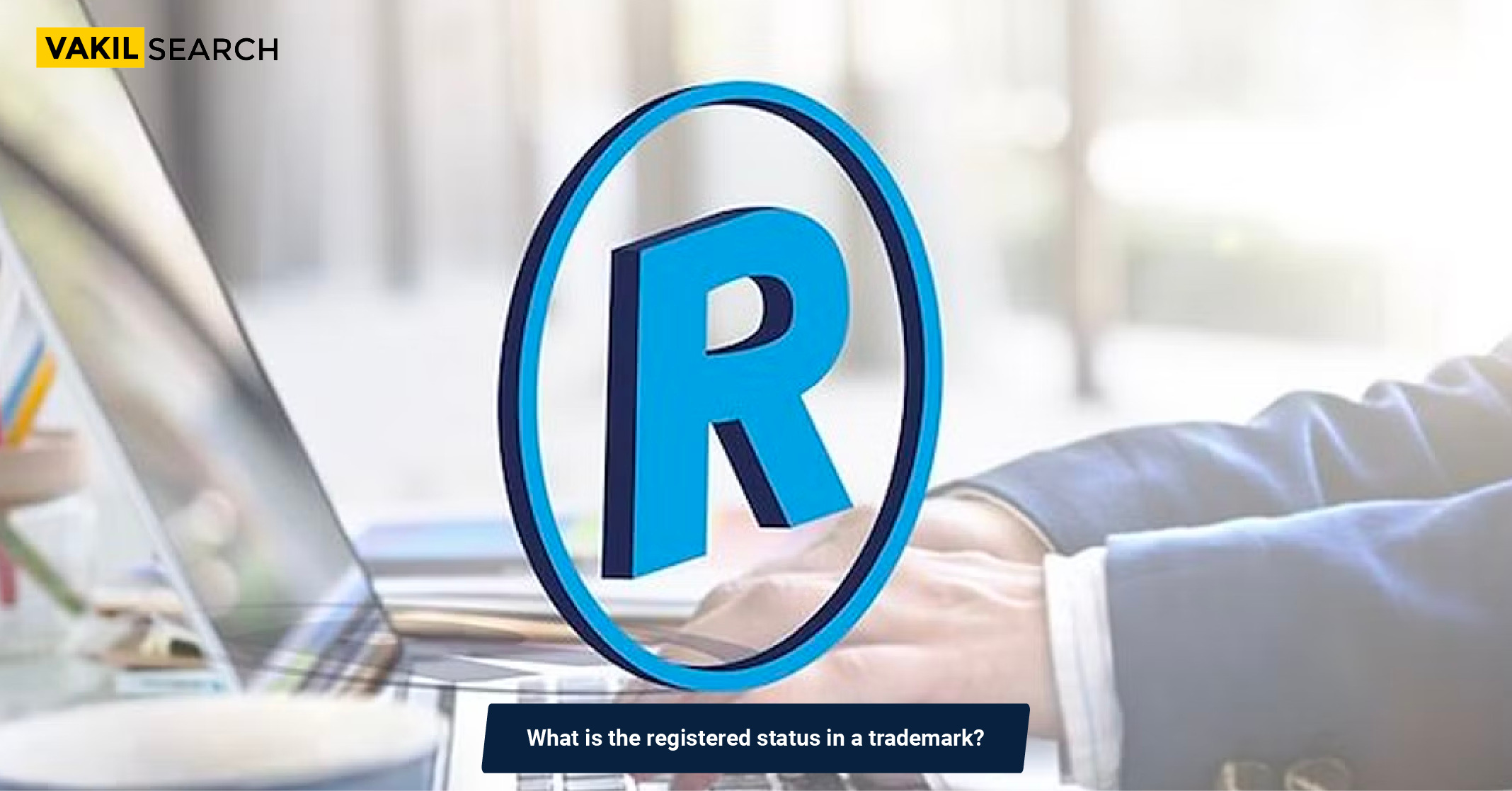The registered status of a trademark signifies legal protection, granting exclusive rights to the owner. Discover its importance and benefits in safeguarding your brand identity.
Introduction to Registered Status
The Registered status in a trademark refers to the final stage in the trademark registration process. It signifies that the trademark has successfully completed all necessary steps, including the examination, publication in the trademark journal, and any potential opposition period. Once a trademark reaches the Registered status, it means that it has been officially granted protection and is now a fully registered trademark.
This status provides the trademark owner with legal rights and protections, allowing them to use the registered trademark symbol (®) alongside their brand name or logo. It also grants them exclusive rights to use the trademark in connection with the specified goods or services for which it was registered. Additionally, registered trademarks can be enforced against any unauthorised use or infringement by others.
Issues That Can Arise while Registering a Trademark
Similar Trademarks:
One of the primary issues is the existence of similar trademarks. If your proposed trademark is too similar to an existing one, it may lead to a likelihood of confusion, and your application might be rejected.
Generic or Descriptive Terms:
Trademarks that are overly generic or merely describe the product or service they represent can face rejection. Trademarks should be distinctive and unique.
Procedural Errors:
Filing errors, incomplete applications, or missing documents can result in delays or rejection. It’s essential to ensure that all procedural requirements are met.
Geographical Limitations:
Some trademarks may be geographically descriptive, which can limit their registrability. It’s crucial to consider the broader implications of a trademark’s meaning.
Specified Goods and Services:
Careful consideration of the goods and services associated with the trademark is necessary. Inaccurate or overly broad descriptions can lead to issues.
Opposition by Third Parties:
After publication, third parties have the opportunity to oppose a trademark’s registration. If someone believes your trademark conflicts with their rights, they can initiate opposition proceedings.
Refusals and Office Actions:
Trademark offices may issue office actions or refusals if they find issues with your application. Addressing these issues promptly is essential to prevent rejection.
Failure to Monitor and Renew:
Once registered, trademarks require ongoing monitoring and renewal to maintain protection. Failure to renew a trademark can lead to its removal from the register.
International Considerations:
If you plan to expand your business globally, you should consider international trademark protection, which comes with its own set of challenges and requirements.
Costs and Timelines:
Registering a trademark can be a lengthy and costly process, and these factors can be challenging for some businesses to manage.
Understanding Trademark Application Status in India
Once you’ve applied for a trademark in India, it takes about 6 to 12 months for the Trademark Registry to complete the registration process. During this time, you can track your application’s progress online by checking its status.
To do this, follow these simple steps on the Trademark Registry’s website:
- Visit the E-register of Trademarks on the IP India website.
- Look for the option related to Trademark Application Number or Registered Trademark.
- Enter your unique Trademark/Application Number.
- Complete the process by entering the security code provided and clicking view.
You’ll then see detailed information about your trademark, including its current status, prominently displayed at the top left corner of the page. Monitoring your trademark status is crucial as certain stages may require your attention.
Status Updates During Trademark Application Process
New Application: This marks the beginning of your trademark journey. Your application enters the trademark registry’s database. After submission, you can use the “TM” symbol with your brand name or logo as specified in your application.
Send to Vienna Codification: Applies to image trademarks like logos. It means your application goes for classification under the Vienna Codification system, assigning a unique code to visual elements.
Formalities Check Pass: Completing procedural formalities is vital. This status means you’ve met requirements like filing a power of attorney, translations, and error-free forms.
Formalities Check Fail: Incomplete formalities lead to this status. You’ll receive guidance to rectify issues.
Send Back to EDP: Electronic Data Processing handles digitisation. This status signals a data entry error, handled by the registry.
Send to PRAS: The Pre-Registration Amendment Section shows you’ve made pre-registration changes, like proprietor details.
Marked for Exam: An Examiner assesses your application’s eligibility under trademark laws.
Exam Report Issued: After examination, a report outlines issues or objections. You must respond.
Objected: Examiner objections lead to this status. Respond within a month or request an extension.
Abandoned: Non-response, e.g., to examination reports, can result in abandonment.
Advertised Before Accepted: Your trademark appears in the journal. “Before Accepted” means opposition is possible.
Accepted and Advertised: Your trademark progresses towards registration without changes.
Ready for Show Cause Hearing: If objections persist, your application may be ready for a hearing. Attend to present your case.
Refused: If objections persist, your trademark may be refused. Seek ways to overcome refusal.
Opposed: Third parties have four months to oppose. Understand trademark opposition procedures.
Registered: Your trademark is successfully registered, accompanied by a certificate.
Removed: Non-compliance with registry conditions may lead to removal, e.g., failure to renew.
Withdrawn: You voluntarily withdraw your application, perhaps due to registry rejection or other reasons.
Conclusion
Trademarks safeguard brand identities and consumer trust. Their significance is deeply ingrained in our culture and commerce. As businesses adapt to the modern world, trademarks remain steadfast, adjusting to new trends and technologies. Trademark status reflects not just legality but the enduring influence of brands in our world.

